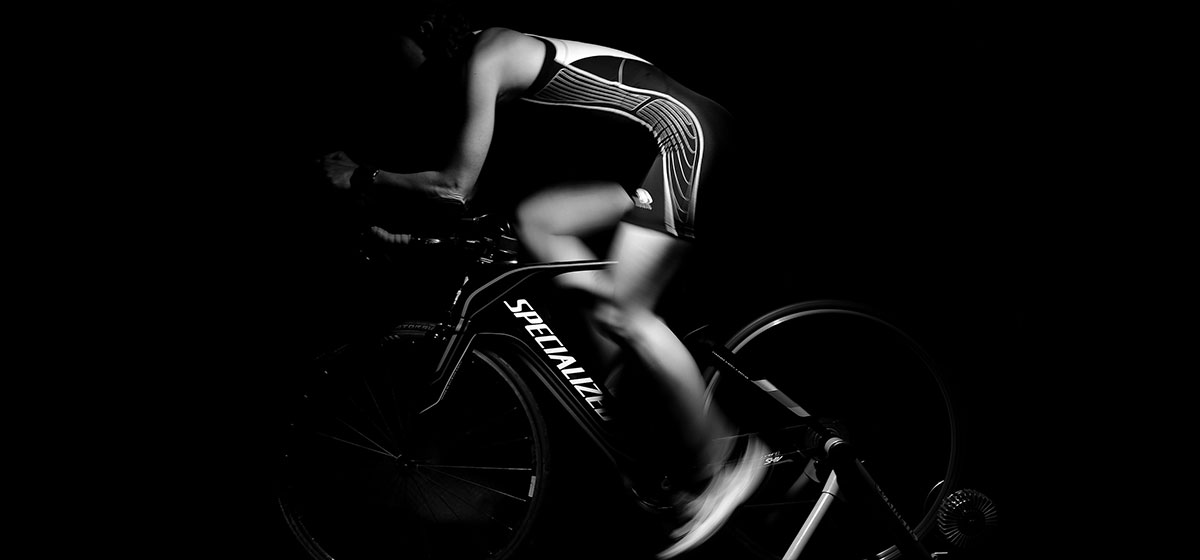Rating the Aerobic Exercises

Question: “Which aerobic exercise is most beneficial in terms of burning calories and improving fitness? How do you rate them? I want to get the most benefit for time invested.”
The key to realizing the many benefits aerobic exercise has to offer, including calorie burn, can be summed up in one word: consistency. It is not so much a function of the type of activity you choose but rather how often, how long, and how hard you do it that determines the benefits.
There are a wide variety of choices. Depending on your fitness goals, some may be more beneficial than others. Several factors in addition to energy expenditure should be considered when selecting an exercise mode. For example, some types of aerobic exercise require more skill than others to perform efficiently. Activities such as walking, cycling, jogging and stair climbing do not require a specific skill set and can be performed by almost everyone. Others, such as aerobic dancing, swimming and water aerobics require a higher level of skill to perform efficiently. Team sports such as soccer and basketball require the most specific skill sets. The overriding goal should be to select exercise that you enjoy, are comfortable with, and will perform on a regular basis.
Regardless of your choice of exercise, a major way to maximize energy (calorie) expenditure is to increase the duration and/or intensity of workouts. For example, walking or jogging can be made much more challenging (and will burn more calories) by doubling the distance covered and including hills in the course. Stationary cycling can be made more demanding by pedaling faster or increasing the pedaling resistance.
Also keep in mind that additional health and fitness benefits will be attained as the amount and intensity of exercise increase. Listed below are a few of the more popular aerobic exercises and the potential benefits (and limitations) of each.
Walking
Benefits: According to the CDC (Centers for Disease Control and Prevention), more than 145 million adults include walking as part of their physically active lifestyle. Walking is low impact and easy on the joints, and the risk of injury is minimal.
Energy burn: Moderate. Walking one mile will burn almost as many calories (60–100, depending upon body weight) as jogging a mile; it will just take you longer to do it. Hill walking burns more calories than walking on a level surface.
Limitations: Walking does little to condition the upper body.
Jogging
Benefit: Jogging can be adapted to a variety of fitness levels. Risk of injury is low but increases slightly as daily and weekly mileage goes up.
Energy burn: Moderate to high, depending on intensity and duration.
Limitations: Jogging may be too strenuous for severely overweight individuals or those with arthritic joints. It also does little to condition the upper body.
Outdoor bicycling
Benefits: Biking is easy on the joints with low incidence of injury (unless you crash!). It can provide an excellent cardiovascular workout when peddling over varied terrain.
Energy burn: Moderate, depending upon body size and exercise intensity.
Limitations: Biking outdoors in local traffic can be risky. Workouts do little to condition the upper body.
Stationary (indoor) cycling
Benefits: Biking is low impact and easy on the joints. Stationary cycling does not require the balance and coordination of outdoor biking. Injury risk is low.
Energy burn: Moderate.
Limitations: Minimal upper body workout, although some bikes require a pumping action of the arms while pedaling.
Jumping rope
Benefits: Minimal equipment—only a rope and well-cushioned shoes—is required. Jumping rope can be done anywhere there is sufficient space to perform the skipping movements.
Energy burn: Moderate to high.
Limitations: Jumping rope is harder on the joints than walking or cycling, and it requires a fair amount of coordination.
Stair climber machine
Benefits: A stair climber machine is an excellent choice for improving cardiovascular fitness, body composition and lower body strength and endurance. Workouts are lower impact and less stressful than running up and down actual stairs.
Energy burn: Moderate to high.
Limitations: Stair climbers may be too strenuous for people who are greatly overweight.
Elliptical trainer
Benefits: The elliptical trainer is one of my favorites because it combines the best of running and stair climbing. Smooth exercise motion is easy on the joints. Machines with handles that move back and forth can provide a limited upper body workout as well.
Energy burn: Moderate to high. Comparable to jogging.
Limitations: Coordinating movement of arms and legs may feel awkward for beginning exercisers.
Swimming
Benefits: Swimming is a great activity for improving cardiovascular fitness, muscular endurance and body composition. It is an excellent choice for people with joint or arthritic conditions.
Energy burn: Moderate to high. The more efficient the swimmer, the fewer calories burned. For poor swimmers like me, the energy burn is high.
Limitations: Requires a higher level of skill than most forms of aerobic exercise.
Cross-country (Nordic) skiing
Benefits: Cross-country skiing is possibly the ultimate aerobic exercise. The activity develops cardiovascular fitness, improves body composition, burns tremendous amounts of energy and provides a total body workout. It’s easy on the joints with a low injury rate.
Energy burn: Very high.
Limitations: Outdoor skiing is possible only in certain areas of the country and during certain seasons of the year.
Hiking, backpacking
Benefits: Hiking over hilly terrain provides an excellent lower body workout, while carrying and balancing a backpack provides an upper body workout as well. It burns more calories than normal walking and is relatively easy on the joints.
Energy burn: Can be very high when carrying a heavy backpack on hilly terrain.
Limitations: Convenience can be a problem if you reside in an urban area.
Roller skating/blading
Benefits: Skating is relatively easy on the joints. Vigorous skating can provide a total body workout.
Energy burn: Moderate to high
Limitations: Requires more equipment than walking or jogging. Risk of injury is greater than with most other types of aerobic exercise.




